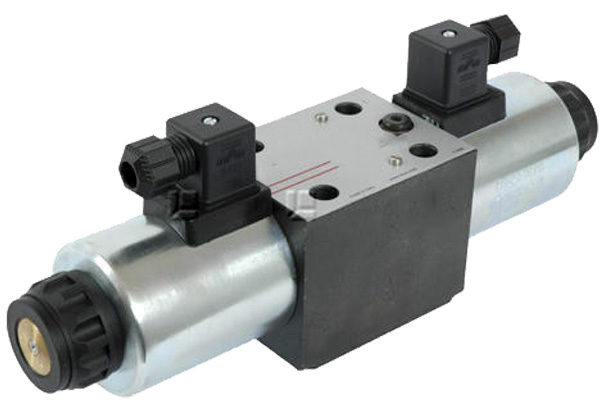needle valve for humidifier
Understanding Needle Valves for Humidifiers Importance and Applications
Humidity control is a critical aspect of maintaining a comfortable and healthy indoor environment. From industrial applications to home use, humidifiers play an essential role in regulating moisture levels. At the heart of many humidification systems lies a crucial component known as the needle valve. This article explores the importance of needle valves in humidifiers, their functionality, and their practical applications.
What is a Needle Valve?
A needle valve is a type of flow control valve with a slender, tapered point at the end of a valve stem. This design allows for precise control over the flow rate of fluids, making needle valves particularly useful in applications where fine adjustments are necessary. Unlike standard globe valves, which can open or close quickly, needle valves provide a more gradual and controllable flow, which is vital for ensuring optimal humidity levels.
Importance of Needle Valves in Humidifiers
1. Precise Flow Control The primary function of a needle valve in a humidifier is to regulate the amount of water vapor released into the air. With the ability to control the flow with high precision, needle valves help maintain the desired humidity levels, preventing conditions that could be harmful to both health and home environments.
2. Enhanced Efficiency By allowing for controlled flow regulation, needle valves contribute to the overall efficiency of humidifiers. They help prevent water wastage and ensure that the humidifier operates within its optimal range, extending the life of the unit and minimizing energy consumption.
3. Versatility Needle valves are suitable for various types of humidifiers, including steam, ultrasonic, and evaporative models. This versatility makes them a popular choice among manufacturers aiming to provide effective humidity control across diverse products.
4. Durability Needle valves are typically constructed from robust materials that can withstand corrosion and wear over time. This durability ensures that humidifiers equipped with needle valves remain functional and reliable over long periods, reducing maintenance needs.
needle valve for humidifier

Working Mechanism of Needle Valves
The operation of a needle valve is relatively straightforward. When the knob or handle is turned, the needle-like stem moves up or down within a threaded body. This movement changes the size of the opening through which water (or steam) flows. As the opening narrows or widens, the flow rate adjusts accordingly. The fine thread pitch on the valve stem allows for minimal changes in flow, enabling users to achieve precise control over humidity output.
Applications of Needle Valves in Humidifiers
1. Home Humidifiers In residential settings, needle valves are often found in tabletop or whole-house humidifiers. They allow users to set specific humidity levels tailored to their home, helping to combat dry air during winter months and providing a more comfortable living environment.
2. Industrial Humidifiers In manufacturing settings, where processes may require specific humidity levels for optimal operation, needle valves serve as critical components. They help maintain precise environmental conditions needed for product quality, especially in the textile, food processing, and electronics industries.
3. Greenhouses and Agriculture In agricultural applications, maintaining humidity levels is crucial for plant growth. Needle valves ensure that moisture levels are kept steady, supporting healthy crops and reducing the risk of disease related to either too much or too little humidity.
4. HVAC Systems Needle valves are also integrated into HVAC systems that manage air quality and humidity levels. They provide the necessary control mechanisms to adjust humidity according to seasonal needs and occupant comfort.
Conclusion
Needle valves are small yet significant components within humidifiers, playing a pivotal role in ensuring optimal moisture levels in various environments. Their precise flow control capabilities, efficiency, versatility, and durability make them an indispensable part of both residential and industrial humidification systems. As we continue to recognize the importance of climate control for health and comfort, the needle valve stands out as a critical technology in our quest for improved quality of life. Whether in our homes or workplaces, these valves help create the perfect balance of humidity, making our environments more pleasant and healthy.
-
Why Choose a Brass Gate Valve for Superior Performance and DurabilityNewsMay.09,2025
-
Reliable Flow Control Begins with a High-Performance Flange Butterfly ValveNewsMay.09,2025
-
Reliable and Rugged: Why the Lug Type Butterfly Valve Is Dominating the MarketNewsMay.09,2025
-
Manual Gate Valve: A Comprehensive Look at Performance, Durability, and DesignNewsMay.09,2025
-
Engineered for Precision: Why the Stainless Ball Valve Sets a New StandardNewsMay.09,2025
-
Ductile Iron Valve: The Perfect Solution for Reliable Flow ControlNewsMay.09,2025
-
Compact Powerhouse: Why the Wafer Type Butterfly Valve Is an Industry FavoriteNewsMay.09,2025




